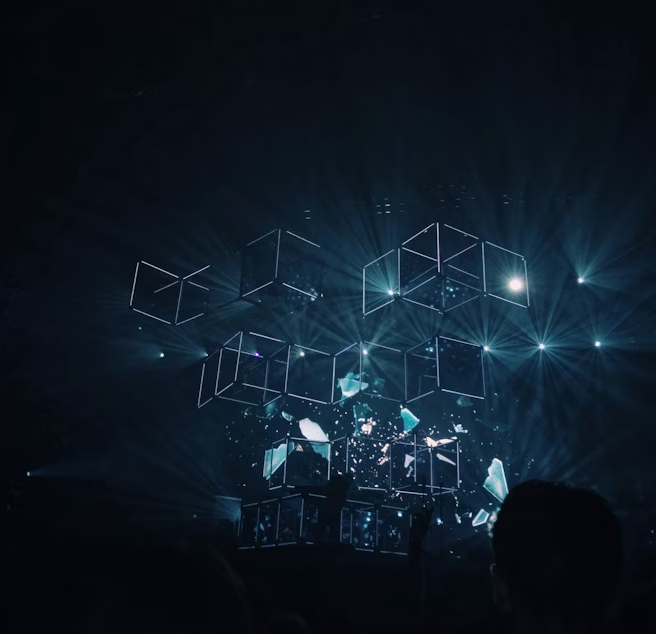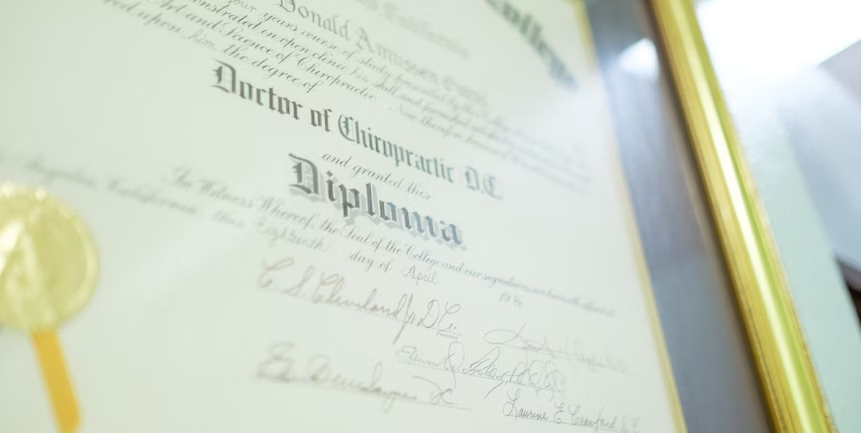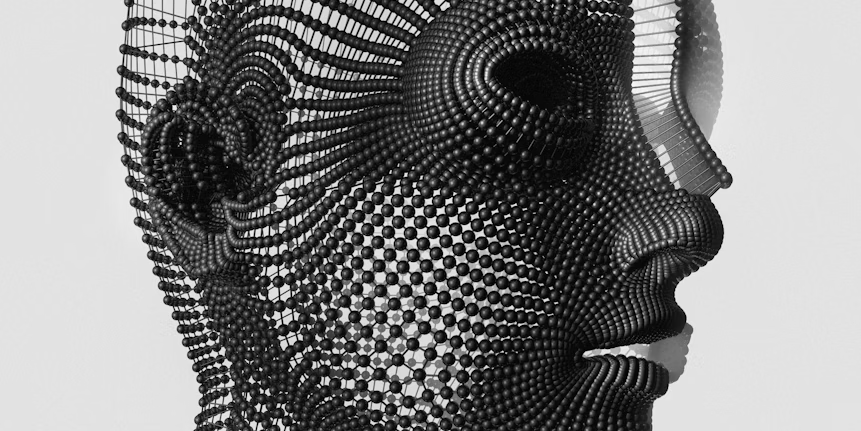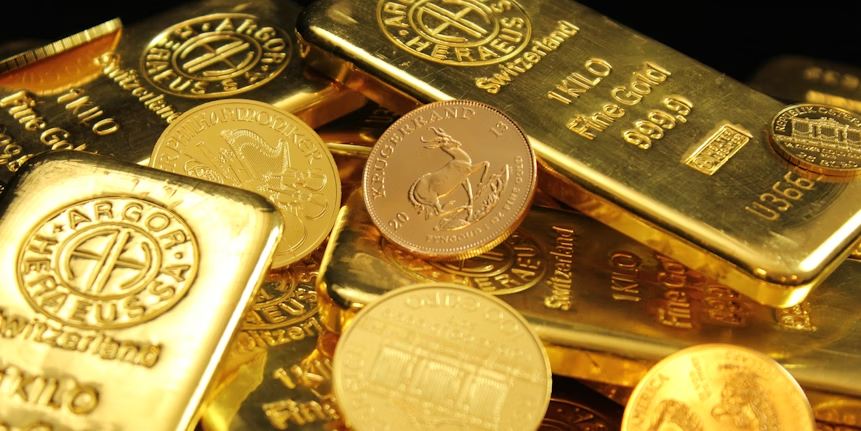What if you could own a piece of real estate, verify a degree instantly, or carry your passport on your phone? That’s the power of tokenization — and it’s already reshaping the world around us.

What if you could own a tiny piece of a skyscraper, verify a university degree in seconds, or carry your passport securely on your phone? This isn’t science fiction; it’s the power of tokenization, and it’s already changing our world.
This issue is all about that big word: tokenization. We’ll break it down in plain language, with relatable analogies and real-life examples from India, the U.S., and Canada, to show you why it all matters.
Let’s dive in.
Download practical resources to make AI easier, faster, and more useful — starting now.
Imagine you’re at an arcade and you exchange your cash for tokens to play games. Those tokens aren’t money themselves, but each one represents a specific value within that arcade.
Tokenization works similarly. In essence,
tokenization means turning something of value into a digital token.
Think of it this way: it’s the process of creating a digital representative—a “digital twin”—for a real-world asset or piece of data. This “digital ticket” can be a house, a share in a company, a piece of art, or even your identity information. These tokens live on secure networks (often blockchains), proving you own something without needing the physical item.

So how do we get from a physical house or a gold bar to a digital token?
Most tokenization uses blockchain technology—a secure, decentralized database that everyone can see (for transparency) but no one can easily alter (for security). When an asset is tokenized, an entry is made on this shared digital ledger. For example:
These tokens often use
smart contracts, which are small programs that automatically enforce rules. For instance, a token representing a share in a rental property could be programmed to automatically send you your portion of the rental income each month.
The goal is to make this technology invisible to the user. Just as you don’t need to understand email protocols to send an email, you won’t need to be a blockchain expert to use tokens.
Tokenization isn’t just a futuristic idea; it’s happening right now. Here are a few diverse examples:

Instead of needing a huge sum to buy a building, many people can invest smaller amounts through tokens. India’s GIFT City is launching a regulated platform to tokenize assets like real estate to attract more investors. In Canada, a company signed a $300 million deal to tokenize a 960-unit real estate project, turning a large housing development into tradable digital shares.

To combat fraud, educational authorities in India have begun issuing degrees and diplomas as blockchain tokens. The Maharashtra State Board of Skill Development has already issued nearly one million blockchain-verifiable digital diplomas. Employers can now verify a degree with a quick scan, eliminating long background checks.

Canada has been involved in a pilot project called the Known Traveller Digital Identity, which uses blockchain to let travellers securely store and share their identity credentials. A traveller can hold digital tokens of their passport or other records in a mobile app and selectively share them with border officials, giving them more control over their personal data.

Buying and storing physical gold can be difficult. Now, companies issue digital gold tokens backed by real, vaulted gold. For instance, Paxos Gold (PAXG) is a token where each one represents one fine troy ounce of gold stored in a London vault. This allows people to buy, trade, or sell small fractions of gold with just a few taps on a phone.

A Canadian company, DeepMarkit, is tokenizing carbon credits on its MintCarbon.io platform. By converting credits into unique digital tokens (NFTs), they can be transparently tracked and traded, bringing more integrity and liquidity to the carbon market.
Tokenization is more than just technology; it’s a fundamental shift in how we approach ownership, finance, and identity.

Have you ever felt that certain investments, like skyscrapers or famous paintings, were out of reach? Tokenization democratizes investing by allowing fractional ownership. You could invest $1,000 in a high-end property or $100 in a fund that was previously only for large institutions.
Today, we rely on central authorities like universities and governments to verify our credentials and identity. Tokenization puts that power back in your hands. You hold your own digital identity tokens and decide who gets to see them, giving you more personal control over your data.
Tokenization opens up new business models. A small business could raise funds by tokenizing a share of its future revenue. An artist could earn royalties automatically whenever their tokenized work is resold. It creates more participatory economies where the lines between investor, customer, and creator begin to blur.
Of course, challenges like regulation and cybersecurity remain. But as BlackRock’s CEO Larry Fink said, “The next step will be the tokenization of financial assets… every stock, every bond will be on one general ledger”. The world’s biggest financial players see this as the future.
Feeling more informed? Great! The goal of this newsletter is to make emerging concepts accessible to everyone.
The single best way to solidify your understanding is to discuss it. Think about the examples you just read. How could tokenization impact your industry or community?
Connect with us at contact@optas.ai. I’d love to hear your thoughts, and your question might even be featured in a future issue!
If you’re curious for more, you can check out this excellent explainer on tokenization from McKinsey or Deloitte’s report on tokenized real estate for a deeper dive.
Remember, this is a journey, not an overnight switch. By understanding it early, you’re empowering yourself.
Thank you for reading our first issue! We hope tokenization now feels a lot less intimidating.
Until next time, stay curious!